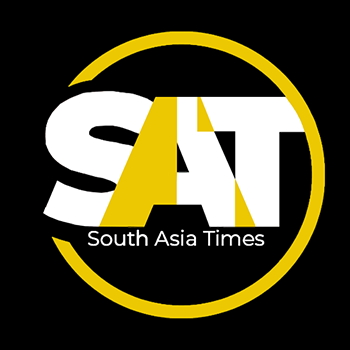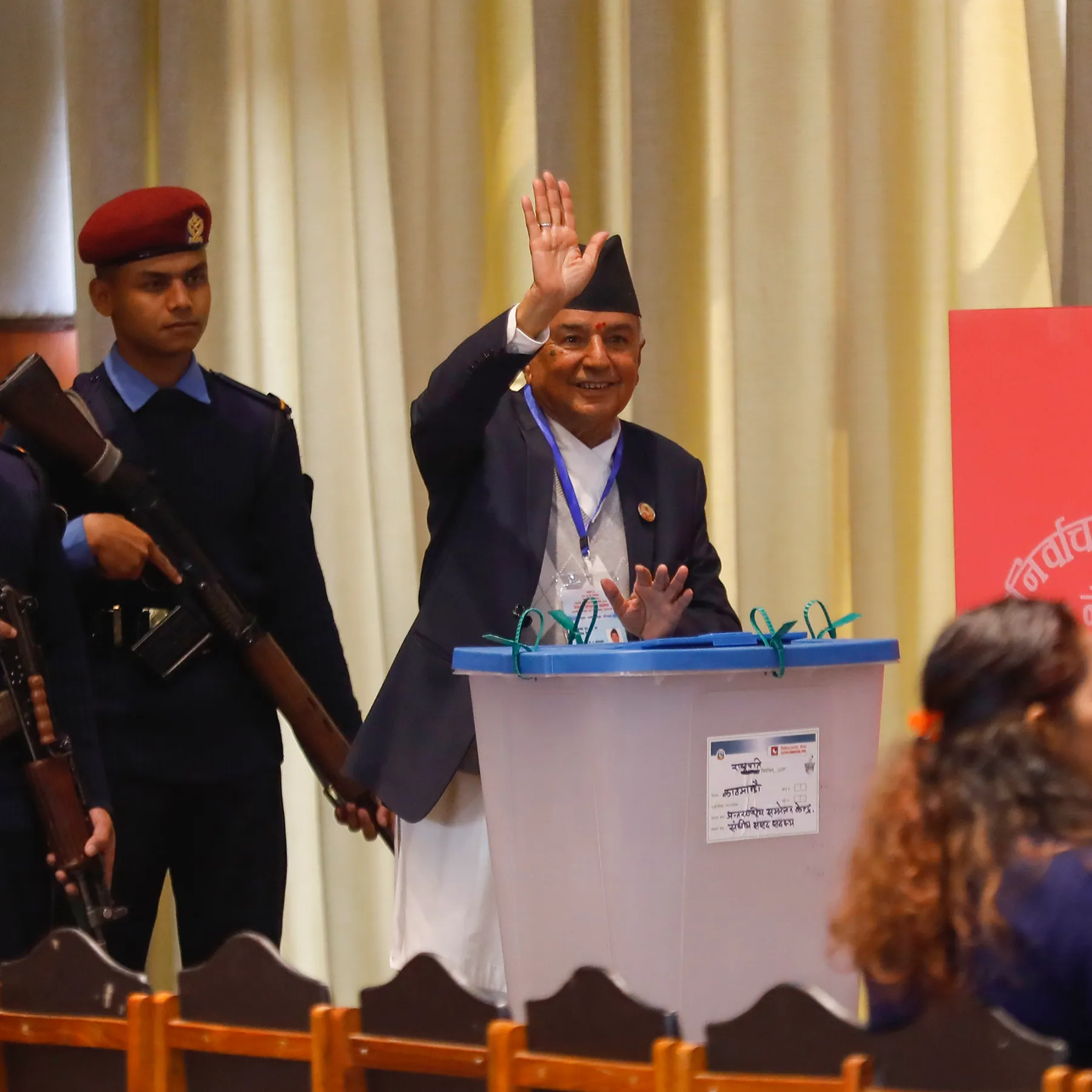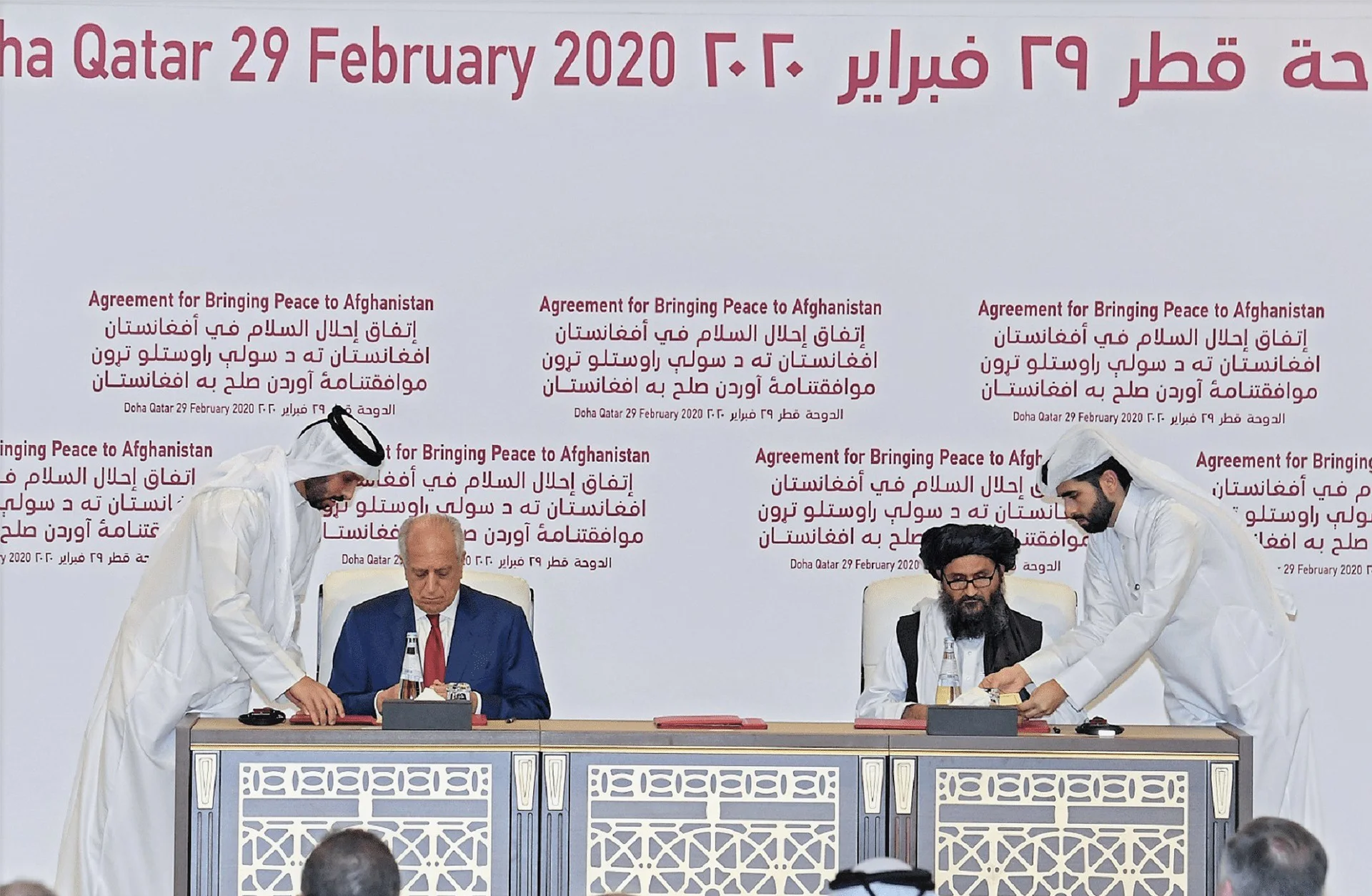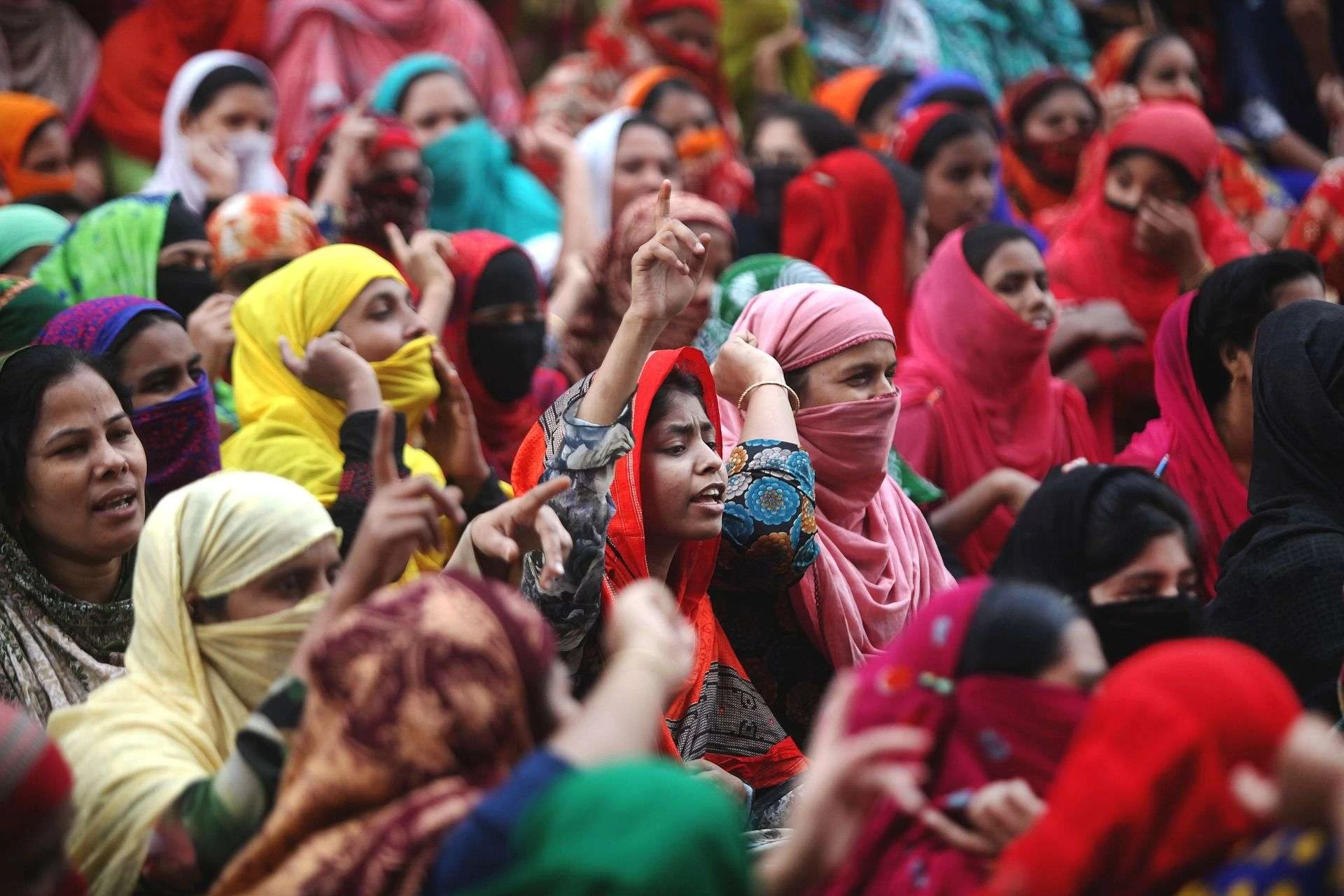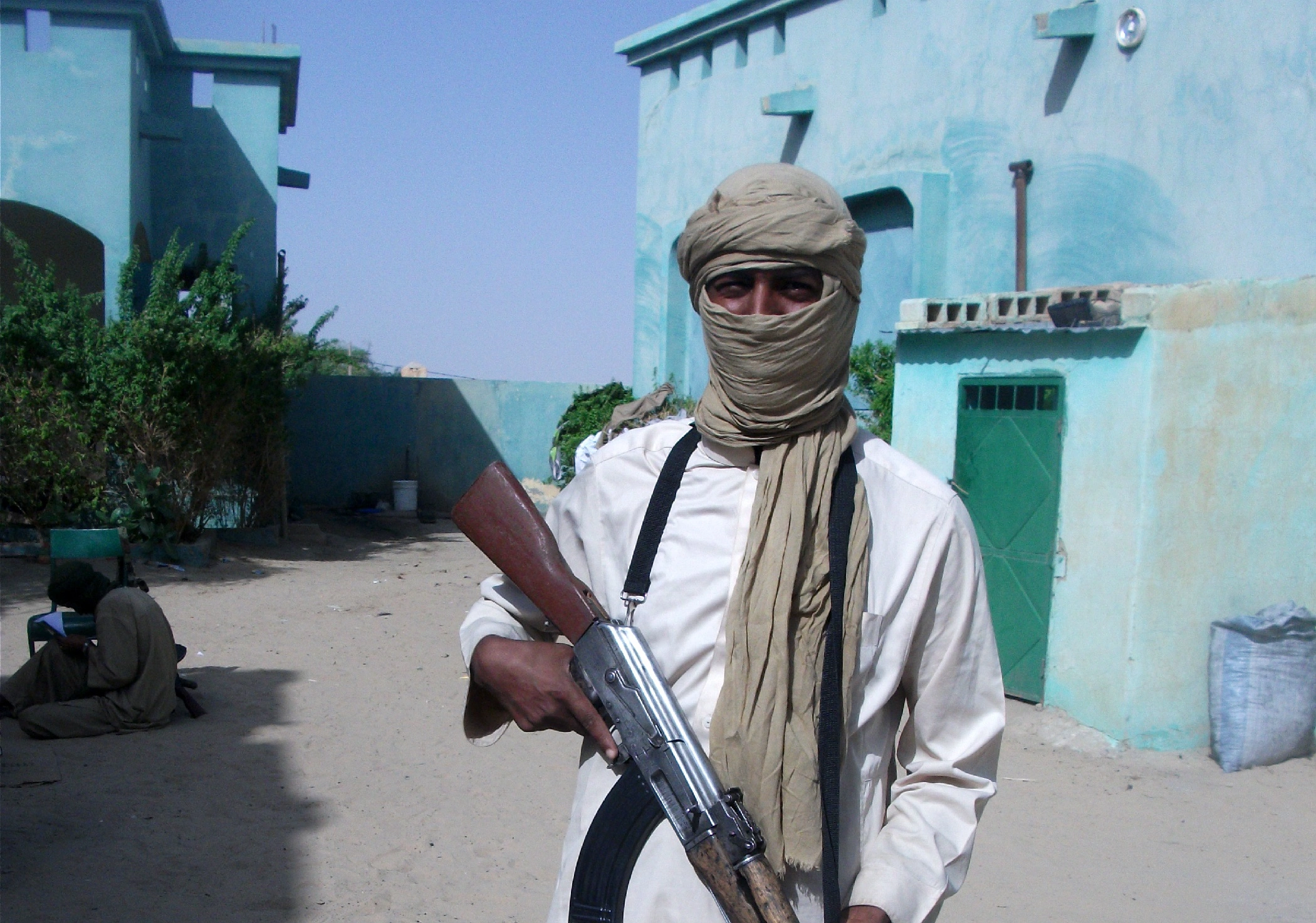The second federal and provincial elections in Nepal since the 2015 constitution’s implementation recently took place. Independent candidates fared well in the elections.
In Nepal post-election, this past November, Nepalis participated in the second federal and provincial election since its current constitution came into effect in 2015. With 61 percent voter turnout, notably 10 percent lower than the 2017 general elections, the polls featured a strong showing from independent candidates.
Almost half of the incumbent members of parliament lost their seats. The electorate holds political leaders accountable for prioritizing politicking.
A Surprising Coalition in Parliament
However, what followed election day has dampened hopes for political reform or renewal. Spurred by public resentment, no single party or coalition secured a parliamentary majority in post-election Nepal. Talks broke down over prime ministerial candidacy.
After ending talks with the Nepali Congress, Prachanda swiftly brokered a new alliance with sometime rival KP Sharma Oli. The two men agreed they would rotate the prime minister’s office between them, with Prachanda serving as prime minister first. With this agreement in hand, Prachanda was sworn in as prime minister on December 26.
Two weeks later, Prachanda was constitutionally obligated to face parliament for a confidence vote. The Nepali Congress and opposition parties reversed stance, backing the new coalition, granting Prachanda unanimous confidence in a surprising turn.
Undermining Influence
Some analysts suggest the Nepali Congress aimed to undermine Prachanda’s alliance by providing a backup coalition partner. This would weaken Oli and the CPN-UML’s negotiating power in the new government. The move dilutes parliamentary checks and balances. It questions the opposition’s ability to independently scrutinize the government.
The unanimous vote poses challenges for Prachanda. He must manage a coalition representing Marxists to monarchists. Nepali citizens express frustration.
Ongoing Struggle to Implement Federalism
Nepal’s political theme for the last decade has been precarious, and this latest political theater comes amid some worrying trends. Governments rarely run full terms and politicians have played musical chairs with political appointments. Meanwhile, closed-door power-grabs have undermined the electorate’s will. In the seven years since Nepal became a federal state, any initial optimism for the success of federalism has largely waned.
In 2021, only 32 percent of Nepalese expressed satisfaction with provincial governments. Chief ministers complain about federal government reluctance. Provincial assemblies lack funding and support for effectiveness.
Nepal post-election
In Nepal post-election, federalism will continue to face challenges. The governing coalition’s inclusion of Rastriya Swatantra Party (RSP) may lead to tense moments around the cabinet table. The RSP opposes federalism.
Divergent views within the government raise questions about provincial government support. It questions federalism’s strength in Nepal.
Walking a Geopolitical Tightrope
Nepal, wedged between China and India, must maintain a delicate balancing act to preserve amicable relationships with both powers. “Left-leaning” parties like CPN-UML and CPN-MC aim to strengthen ties with China. Nepal has deep ties to India.
Recent years saw fractious Nepal-India relations, especially under communist Nepali PMs and right-leaning Indian PM Modi.
In 2015, Nepal faced devastating earthquakes. An unofficial Indian blockade followed, souring India-Nepal relations, prompting Oli to seek Beijing’s support.
In 2019-2020, nationalism surged in Delhi and Kathmandu. Oli, as PM, contested border territories, redrawing Sugauli Treaty demarcations.
Problems in Negotiation
Accusations of foreign interference have risen. Domestic political flux hampers foreign powers’ sustained negotiation, influence, or power-brokering.
Fluid alliances and frequent changes in prime ministers hinder China and India’s geopolitical influence.
The rollercoaster fate of the Millennium Challenge Corporation (MCC) compact further emphasizes this point. The MCC agreement provides $500 million in U.S. grants to support programs to improve electricity and transportation in Nepal. The Nepali Congress-led government secured MCC ratification after months of protests fueled by misinformation. Now that the MCC is ratified, high-level U.S. officials have been visiting Nepal in quick succession.
Beijing’s media welcomed Prachanda’s victory. Diverse ideologies in the coalition may challenge foreign powers in identifying power brokers. On the other hand, this diplomatic uncertainty also makes it harder to build long-term sustained international relations.
Disinformation Continues to Fuel Conflict
In addition to Nepal’s political instability and diplomatic balancing act, social media has been rife with false information on various issues over the past few years, most notably the MCC. Disinformation around the MCC stoked concerns around Nepal’s sovereignty and fueled several protests in Nepal in 2022.
Elections saw an increase in misinformation and disinformation. Doctored images, forged documents, and false claims circulated on social media. This only served to stoke further allegations of U.S. interference in Nepal’s politics. Should this narrative be allowed to continue, it has the potential to fuel further anti-American sentiment in Nepal.
Political parties and allegedly foreign actors exploit social media to control narratives. Senior journalists fear worsening disinformation campaigns. Political dissatisfaction simmers.
The Lack of Women on the Ballot
In Nepal’s parliamentary electoral system, voters split their choices: they select candidates for their district’s parliamentary seat and for a political party in the country’s proportional representation (PR) system. Directly elected members fill 165 seats in parliament, while parties’ vote share in PR list results determines the allocation of the remaining 110 seats.
In Nepal post-election, out of the 4,611 candidates who directly contested seats in the federal parliament, only 225 (9.3 percent) were women. Out of this number, the main political parties fielded only 25 candidates. The shortage of female candidates on the ballot caused only nine to be directly elected in the country’s first-past-the-post system — just three more than in 2017.
To meet the constitutionally mandated one-third female representation rule, political parties fielded more female candidates under the PR list system. The PR list system aimed to offer electoral opportunities to women and candidates from marginalized and indigenous communities — but members of parliament can only serve one term through the PR list. The intent was to give these underrepresented groups a chance to build experience, after which they could contest a directly elected seat.
Instead, Nepal’s major political parties have repeatedly taken the easy option of nominating new female candidates to the PR list system to ensure they meet the one-third quota rather than nominate experienced women for directly elected seats.
While the parties are fulfilling the constitutional obligations by meeting the quota, there seems to be little long-term investment in developing women leaders. Going forward, the parties need to do more to increase female and marginalized community representation and promote a more representative and inclusive parliament that reflects the spirit of the constitution — not one dominated by the same figures who wish to maintain the status quo.
Where Does Nepal Go from Here?
The past two decades have yielded significant transitions for Nepal: a peaceful resolution to the decade-long Maoist conflict, as well as the end of monarchy and the promulgation of a new constitution that upheld secularism, inclusion and federalism.
But this positive momentum seems to now be staggering, with the same actors from several decades ago largely interested in maintaining a status quo while inflation steadily rises and federalism struggles.
While political forecasting in Nepal remains as accurate as reading tea leaves, concerns persist about prolonged political instability — as evidenced by the fragility of the current coalition, which is already at risk of collapsing with the withdrawal of RSP, the third largest coalition partner.
Nepal Post-Election
Throw in the upcoming and contentious question of which party gets to nominate the president, Nepal post-election and the Nepali people are once again left to witness blatant politicking at the expense of timely attention to economic and governance challenges.
Meanwhile, the Finance Ministry has warned that funding to provincial and local governments could be cut as a result of economic concerns. The entire federal system will be undermined if governments cannot deliver on services and development. Federalism was envisaged as a vehicle for economic development and if it flounders, it could have an impact on Nepal’s graduation to a lower middle-income country in 2026 based on the World Bank’s projections.
Still, the U.S. government sees Nepal as one of two places in Asia with an excellent opportunity for inclusion in the Partnership for Democratic Development. And with high-profile visits from U.S. government officials and scheduled high-profile visits from European governments on the way, there is an opportunity for the international community to urge Nepal’s government to stop politicking and start governing so that Nepal can flourish as a truly democratic nation that respects the rights of the many and not the few.
Original Source: USIP
